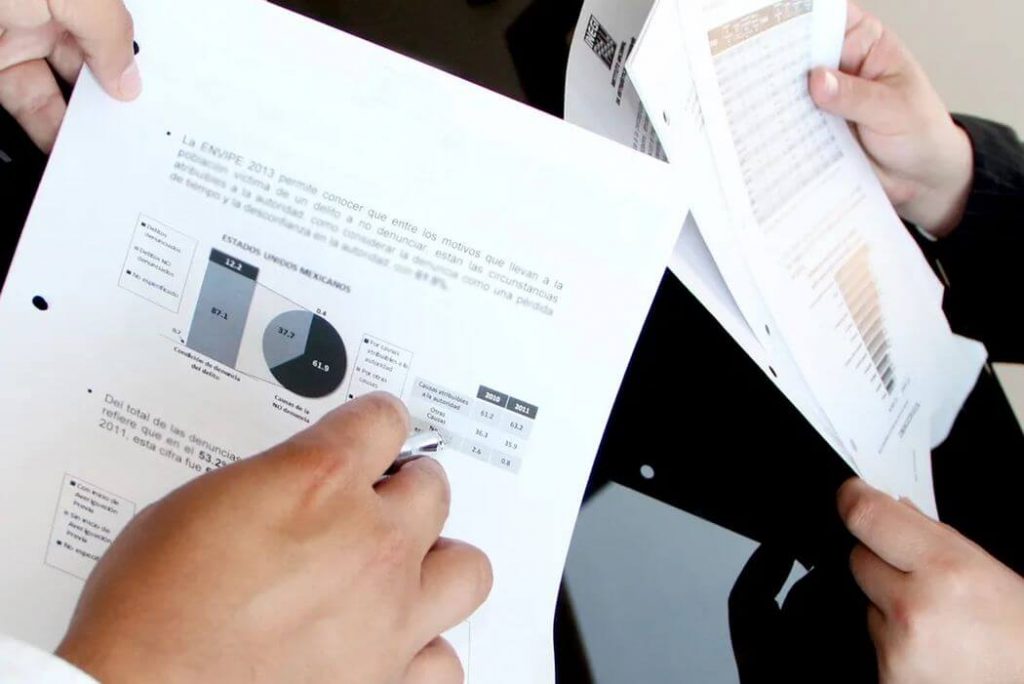Expected Loss and Its Components
Join over 2 million professionals who advanced their finance careers with 365. Learn from instructors who have worked at Morgan Stanley, HSBC, PwC, and Coca-Cola and master accounting, financial analysis, investment banking, financial modeling, and more.
Start for Free
It is normal for lenders to incur credit losses from every portfolio or exposure over a given period of time. In other words, lenders know that there is a certain amount of credit risk associated with every borrower. They expect that there could be a loss when lending to any borrower. Such expected loss comes as a result of different types of factors:
- Borrower-specific factors,
- The economic environment,
- and the combination of the two.
In addition, lenders may also incur unexpected losses. These are, most likely, result of adverse economic circumstances that affect the whole economic environment. It is highly unlikely but still possible that lenders suffer exceptional losses, for example, due to a severe economic downturn.
In this class, we will focus on the ways to estimate expected loss, which is associated with credit risk. These are also called expected credit losses.
On exposure level, expected loss is the amount a lender might lose by lending to a borrower. There may be many different approaches to estimate and forecast that amount, but the established credit risk modeling framework defines expected loss as the product of three components: probability of default, loss given default, and exposure at default. Lenders build different statistical models to estimate each of these components and then multiply them to obtain the expected loss for a given exposure level.
Let’s take a closer look at the three components.
Probability of default (or PD) is the likelihood that a borrower would not be able (or would not be willing) to repay their debt in full or on time. In other words, it is an estimate of the likelihood that the borrower would default. Usually, PD refers to a particular time horizon.
Loss given default (or LGD) is the share of an asset that is lost if a borrower defaults. It is the proportion of the total exposure that cannot be recovered by the lender once a default has occurred.
Exposure at default (or EAD) is the total value that a lender is exposed to when a borrower defaults. Therefore, it is the maximum that a bank may lose when a borrower defaults on a loan.
Let me show you a simple example of how expected loss is being calculated.
Let’s assume that a borrower wants to buy a house for $500,000. The lender, that is, the bank, funds 80% of the purchase. This proportion is often referred to as “loan to value”, so we can say that loan to value is 80%. The loan amount is equal to 80% of $500,000, that is $400,000. By now, the borrower has repaid $40,000, so the outstanding balance is $ 360,000. If the borrower defaults, the exposure at default would, therefore, be $360,000. Assume that there is empirical evidence that one in four homeowners have defaulted in previous years. So, probability of default equals 1 divided by 4 which is 25%. If the borrower defaults, the bank can sell the house immediately for $342,000 meaning, it can recover $ 342,000. Then, the remaining loss would be $18,000, and loss given default would be $18,000 / $360,000 = 5%. If the bank had to calculate its expected loss for that exposure in this very moment, it would be, as follows, PD multiplied by LGD multiplied by EAD = 25% multiplied by 5% multiplied by $360,000 = $4,500.
